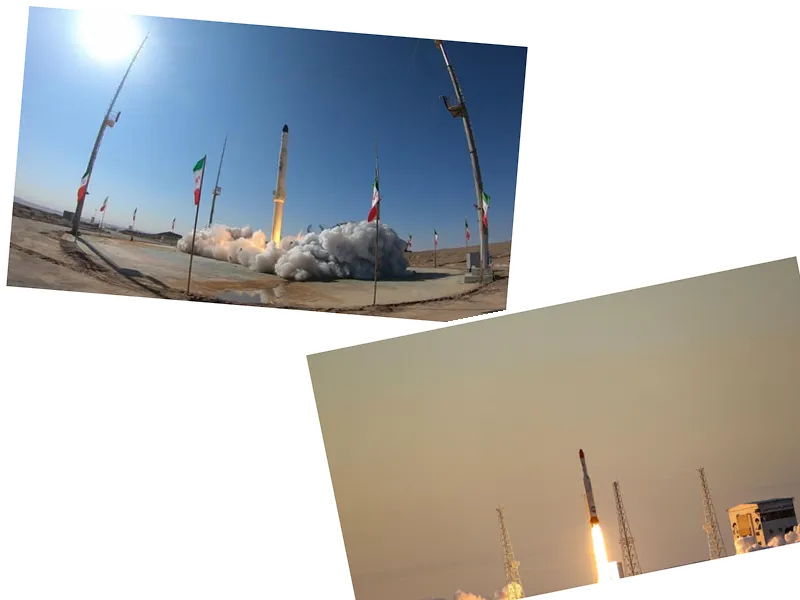The introduction of wooden satellites like Lingosat could represent a shift towards more environmentally friendly space technology, potentially reducing the ecological footprint of satellite operations.
As the demand for satellite internet coverage grows, the environmental implications of traditional satellite materials become increasingly critical, highlighting the need for sustainable alternatives.
If successful, Lingosat could pave the way for more wooden satellites in the future, leading to a reduction in harmful emissions associated with satellite launches and decommissioning.
The growing trend of sustainable satellite technology may influence policy changes regarding satellite manufacturing and launch practices, promoting greener alternatives.
Japanese scientists from Kyoto University have successfully launched the world's first wooden satellite, named 'Lingosat', which arrived at the International Space Station on November 5, 2024, aboard a SpaceX cargo capsule. This innovative satellite, measuring 10 centimeters on each side, is designed to study the effects of extreme temperatures and vacuum conditions on wood, aiming to assess its viability as a sustainable alternative to traditional metal satellites. The satellite is equipped with sensors to monitor stress, temperature, oxygen levels, and atomic radiation within its wooden structure.
The launch of Lingosat is significant in the context of increasing satellite launches, with over 8,100 satellites currently in low Earth orbit, including 6,000 from Starlink alone. The rise in satellite numbers has raised concerns about environmental impacts, particularly the generation of aluminum oxides from burning metal satellites at the end of their lifespan, which can disrupt the Earth's thermal balance and damage the ozone layer.





